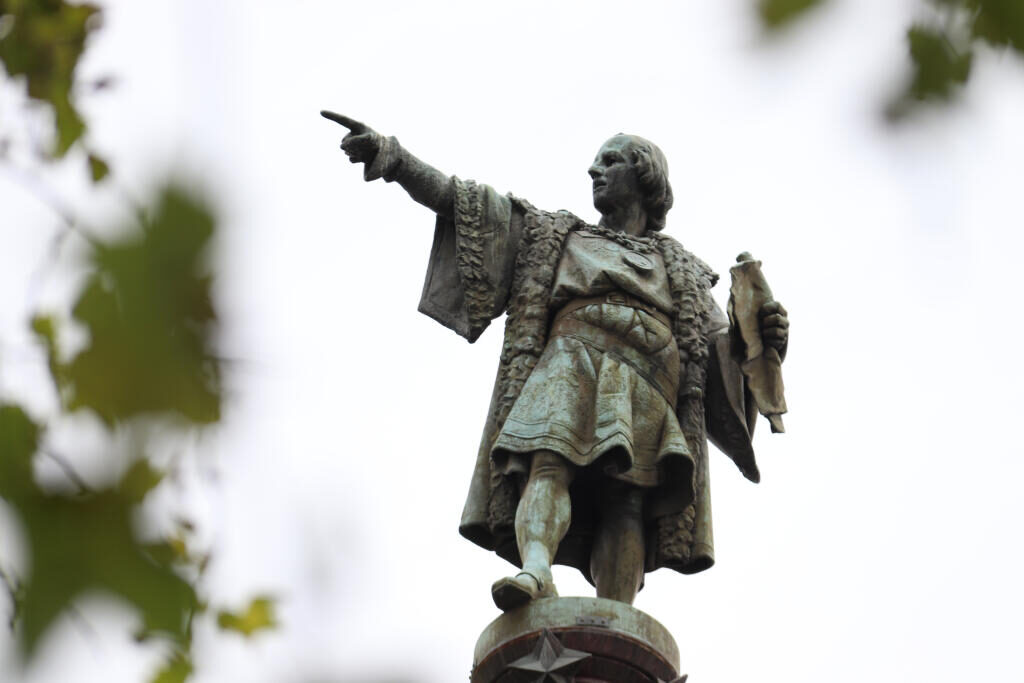20.06.2020 - 14:05
|
Actualització: 20.06.2020 - 16:05
At first glance, Barcelona’s colonial legacy is anything but subtle. One of the city’s most emblematic monuments is dedicated to Cristopher Columbus, a man whose actions led to millions of deaths by kickstarting the colonization of the American continent. While the current wave of anti-racist protests in the United States has left statues of the Genovese conquistador beheaded, the one in the Catalan capital has remained relatively untouched since its inauguration for the 1888 Universal Exposition.
In recent years, calls for the removal of the 57-meter monument have grown louder, but the left-wing local government ruled out doing so, proposing instead an accompanying installation to explain its history. “This statue is iconic of Barcelona, for good and for bad, with all the implications,” said mayor Ada Colau.
But some locals don’t agree. “The magnitude of colonialism is huge. It’s a huge monster. And monuments are part of this monster because they show that the defense system of white supremacy is still in place,” says Peruvian artist Daniela Ortiz, who has repeatedly criticized Barcelona’s colonial legacy and, more precisely, the Columbus statue. “It’s not that people don’t know who Columbus was. They know what he represents, and they defend it.”
It wouldn’t be unprecedented for Barcelona to remove a statue due to its ties to colonialism. In 2018, the city council authorized the removal of one dedicated to Antonio López y López, the first Marquess of Comillas, and perhaps Catalonia’s biggest slave-trader in the 19th century. But unlike Columbus, López y López is relatively unknown to most locals, and his monument was not ingrained in the city’s imagery to the same extent as Columbus.
An uncomfortable legacy
The pedestal where López y López’s statue once stood is now part of a guided tour exploring the city’s colonial past and its ties to the slave-trade—a route that shows how inseparable the development of the city in modern times is from the wealth garnered from Spain’s colonies.
The route, made possible by the University of Barcelona’s European Observatory on Memories and the Conèixer Història association, starts at the statue of Joan Güell, at the crossroads between the Gran Via avenue and the Rambla Catalunya boulevard.
“While not a slave-trader himself, he had cotton plantations in Cuba with enslaved workers, for sure,” says Oriol López, a historian and tour guide. “Part of Güell’s fortune was invested into the city, in new banks, industries, factories, and so on.”
His son, Eusebi, inherited a fortune and became the main patron of Catalan architect Antoni Gaudí, the visionary who created modern-day Barcelona’s landmarks such as the Park Güell, the Pedrera, or the Sagrada Família.
To learn more about Barcelona’s colonial legacy beyond the monument to Columbus, have a look at The Legacies of Slavery guided tour (Project by EUROM and Conèixer Història).


